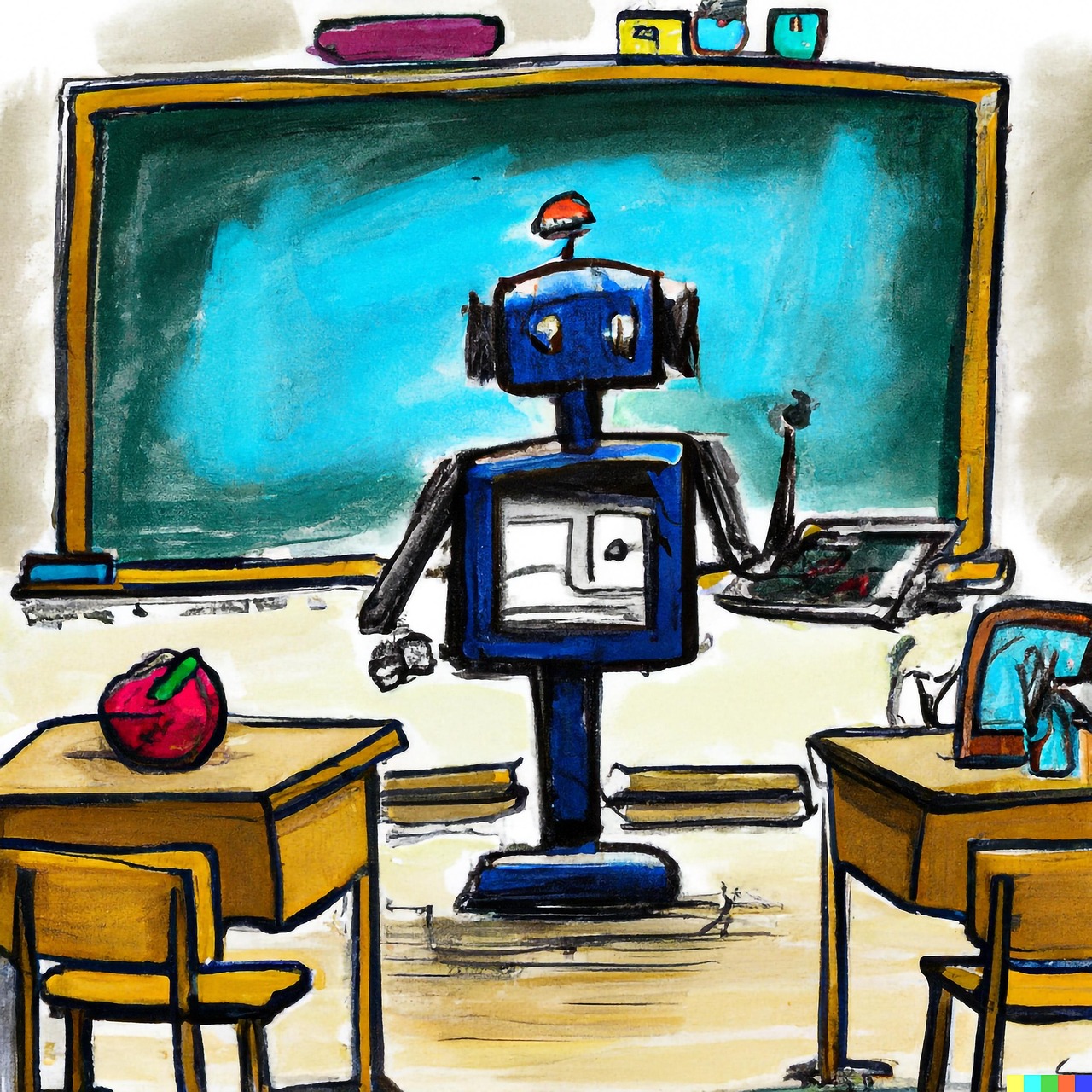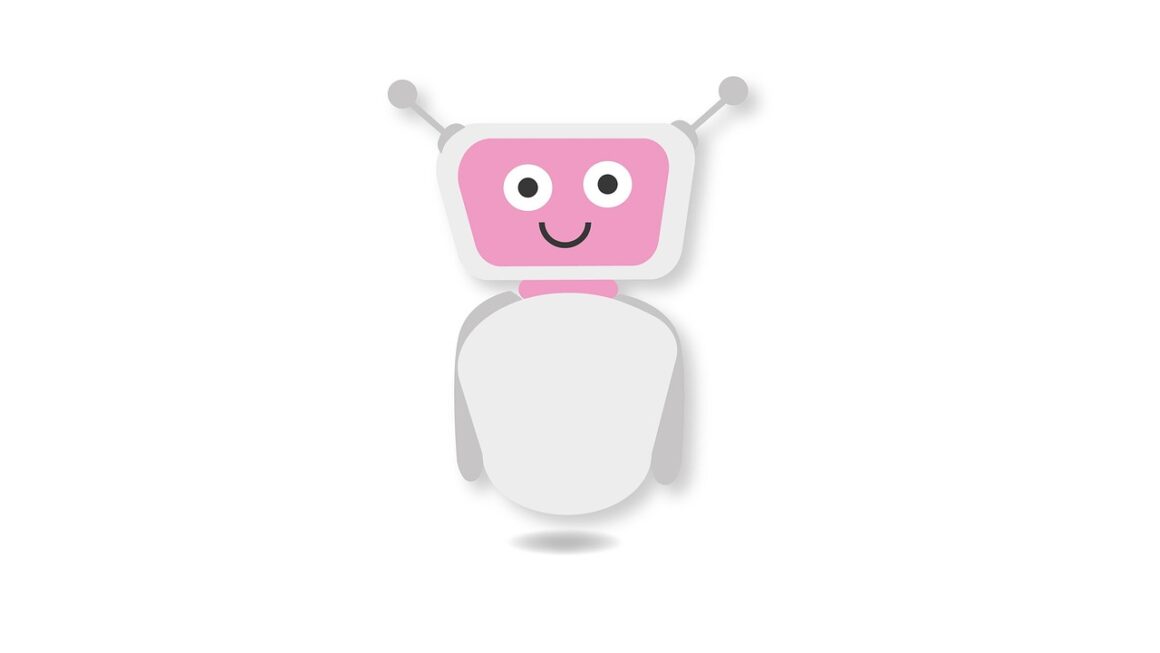The rise of artificial intelligence (AI) is no longer a futuristic fantasy, but a tangible reality reshaping our everyday lives. From suggesting our next binge-watching series to diagnosing medical conditions, AI-powered applications are seamlessly integrating into our routines, making them more efficient, personalized, and, in some cases, even more enjoyable. But what exactly defines an AI-powered app, and how is this technology revolutionizing various aspects of our modern world? Let’s delve deeper into the fascinating world of AI-powered applications.
Understanding AI-Powered Apps
What Makes an App “AI-Powered”?
An AI-powered app isn’t simply an app with a few smart features. It leverages the capabilities of artificial intelligence, specifically machine learning (ML) and natural language processing (NLP), to perform tasks that typically require human intelligence. Key characteristics include:
- Data-Driven Decision Making: AI apps analyze large datasets to identify patterns, predict outcomes, and make informed decisions.
- Learning and Adaptation: These apps continuously learn from new data and user interactions, improving their performance over time.
- Automation of Complex Tasks: AI automates tasks that are traditionally labor-intensive or require specialized expertise.
- Personalized User Experiences: AI enables apps to tailor content, recommendations, and interactions to individual user preferences.
The Core Technologies Behind AI Apps
Understanding the building blocks of AI-powered applications provides a crucial context for appreciating their capabilities.
- Machine Learning (ML): This is the engine driving most AI apps. ML algorithms allow computers to learn from data without explicit programming. Different types of ML exist, including:
Supervised Learning: The algorithm learns from labeled data (e.g., images with identified objects). Example: Spam detection.
Unsupervised Learning: The algorithm identifies patterns in unlabeled data (e.g., customer segmentation). Example: Recommendation systems.
Reinforcement Learning: The algorithm learns through trial and error, receiving rewards for desired behaviors. Example: Game playing AI.
- Natural Language Processing (NLP): This allows computers to understand and process human language. Key applications include:
Sentiment Analysis: Determining the emotional tone of text.
Chatbots and Virtual Assistants: Providing automated customer support.
Language Translation: Automatically converting text between different languages.
- Computer Vision: This enables computers to “see” and interpret images and videos. Applications include:
Object Recognition: Identifying objects within an image.
Facial Recognition: Identifying individuals based on facial features.
Autonomous Vehicles: Navigating roads and avoiding obstacles.
AI in Everyday Applications
AI isn’t confined to research labs; it’s deeply embedded in applications we use daily.
AI in Entertainment and Media
From streaming platforms to social media, AI is transforming how we consume entertainment.
- Recommendation Systems: Platforms like Netflix and Spotify use AI to suggest content based on your viewing/listening history. These systems analyze your preferences and the preferences of users with similar tastes to provide personalized recommendations.
Example: Netflix’s recommendation engine is estimated to save the company over $1 billion per year by reducing churn and increasing engagement.
- Content Personalization: News apps and social media feeds use AI to prioritize content that is most relevant to you, based on your interests and past interactions.
- AI-Powered Content Creation: AI tools can assist with tasks such as generating scripts, composing music, and creating visual effects.
AI in Productivity and Business
AI is automating tasks, improving efficiency, and providing valuable insights in the workplace.
- Intelligent Email Management: Tools like Gmail use AI to filter spam, prioritize important emails, and suggest smart replies.
- Meeting Scheduling Assistants: AI assistants can automatically schedule meetings by finding mutually convenient times and booking conference rooms.
Example: X.ai is an AI-powered scheduling assistant that integrates with email and calendar systems.
- Data Analysis and Business Intelligence: AI-powered analytics platforms can identify trends, predict outcomes, and provide actionable insights to improve business decision-making.
AI in Healthcare
AI is revolutionizing healthcare, from diagnosis to treatment.
- Medical Image Analysis: AI algorithms can analyze medical images (e.g., X-rays, CT scans) to detect anomalies and assist in diagnosis.
Example: AI has shown promise in detecting early signs of cancer in medical images with comparable or even superior accuracy compared to human radiologists.
- Drug Discovery and Development: AI is accelerating the drug discovery process by identifying potential drug candidates and predicting their effectiveness.
- Personalized Medicine: AI can analyze patient data to tailor treatment plans to individual needs.
AI in Smart Homes
AI is making our homes more comfortable, convenient, and energy-efficient.
- Voice Assistants: Devices like Amazon Echo and Google Home use AI to understand voice commands and control smart home devices.
- Smart Thermostats: AI-powered thermostats learn your heating and cooling preferences and automatically adjust the temperature to optimize energy consumption.
- Security Systems: AI can analyze video footage from security cameras to detect suspicious activity and alert homeowners.
The Benefits of AI-Powered Apps
The adoption of AI-powered applications brings a wealth of advantages across various sectors.
- Increased Efficiency: Automating tasks frees up human workers to focus on more strategic and creative endeavors.
- Improved Accuracy: AI algorithms can often perform tasks with greater accuracy and consistency than humans.
- Enhanced Personalization: AI enables apps to provide highly personalized experiences tailored to individual user preferences.
- Better Decision Making: AI can analyze large datasets to identify patterns and provide insights that support better decision-making.
- Cost Reduction: Automating tasks and improving efficiency can lead to significant cost savings for businesses.
Challenges and Considerations
While AI-powered apps offer immense potential, there are also challenges and considerations that need to be addressed.
- Data Privacy and Security: AI apps often require access to large amounts of personal data, raising concerns about privacy and security.
- Bias and Fairness: AI algorithms can perpetuate existing biases in data, leading to unfair or discriminatory outcomes.
- Explainability and Transparency: It can be difficult to understand how AI algorithms make decisions, making it challenging to ensure accountability.
- Job Displacement: The automation of tasks by AI could lead to job displacement in certain industries.
- Ethical Considerations: The use of AI raises a number of ethical considerations, such as the potential for misuse and the impact on human autonomy.
Conclusion
AI-powered applications are rapidly transforming the world around us, offering unprecedented opportunities for innovation and progress. From streamlining our daily routines to revolutionizing industries like healthcare and finance, AI is poised to play an increasingly important role in our lives. While challenges remain, the potential benefits of AI are undeniable, and by addressing these challenges proactively, we can harness the power of AI to create a more efficient, personalized, and equitable future. By understanding the core technologies driving these applications and being mindful of the associated ethical considerations, we can responsibly integrate AI into our lives and unlock its full potential.




